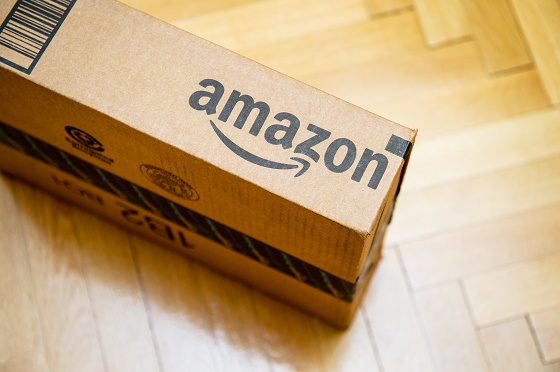Retailers are continuing to face tough market conditions with retail sales flatlining for another consecutive month and industry experts pointing to the rise of e-commerce giants like Amazon as key drivers.
In the Australian Bureau of Statistics’ latest retail figures, sales in July remained flat at 0.3 per cent, with the sector experiencing zero growth since May.
The figures point to a huge dent in consumer confidence, with sales reaching their lowest since March.
The news comes as a special report from the National Australia Bank shows a dramatic surge in electronic online retail spending. It’s the rise of e-commerce and the introduction of the world’s biggest online retailer, Amazon, that is causing the disruption, an expert says.
With a record-high rate of department stores closing and almost 4,000 expected to close this year, Maria Halasz, CEO of Cellmid Limtied, says it looks like the retail industry is “losing its fight” with internet providers.
“Whether it’s specifically Amazon Australia or Amazon generally or other online retailers, certainly when we look at consumer habits the majority of people are purchasing a large percentage of their shopping online. Brick-and-mortar stores have a different role now to what they traditionally had,” she told Retailbiz.
A dramatic shift towards online consumption, with Amazon and Alibaba disrupting the retail market, points to the need for retailers to fundamentally change their business models, she says.
“What we have to accept that this landscape of retailing has changed permanently. Retail is alive and well but brick and mortar retail needs to reimagine itself to sit in this new universe.”
Executive Director of the Australian Retailers Association, Russell Zimmerman, says the slow rate of growth isn’t unusual for the month of July. While he agrees that digital disruption is a driving factor, overall it has been a difficult month for retail, he says.
“July is always a tough month for fashion retailers because their winter stock slows down and their summer stock hasn’t had enough time to gain traction,” he said.
“I think then if you look at electrical goods retailing it has dropped for the month, in June it was 2.06 and has dropped to 0.57, so there has been a decline in electrical goods retailing which is some of the things Amazon sell.”
Mr Zimmerman pointed to customised shoe online retailer Shoes of Prey announcing their closure last month as indicative that even e-commerce retailers are struggling in current market conditions.
Surviving the tough times
Offering a truly customer-centric, personalised experience and fostering innovation are key to thriving in these tough market conditions, Ms Halasz says.
“You will survive if you can provide experiences that people can’t get online. Touch and feel experiences and added value through information a consumer wouldn’t get online,” she said.
Mr Zimmerman said that retailers can get an upper-hand during the tough times through a focus on strong service, AI based on creating a personalised customer experience and
“There’s a whole raft of things – service, AI is very important – being able to understand the customer as they walk in the door,” he said.
But it’s political vision that will be the biggest force to drive consumer confidence up, Mr Zimmerman said.
“Retail can only survive with increased business and consumer confidence,” Mr Zimmerman said. “And this confidence is driven by personal tax cuts and a strong and stable Government.”

